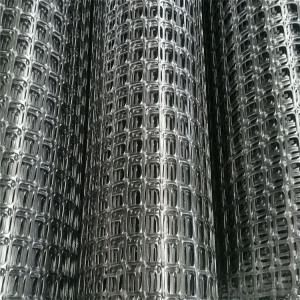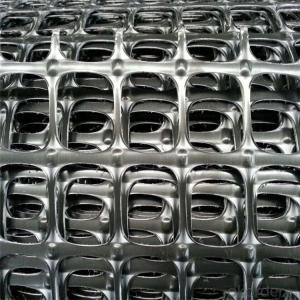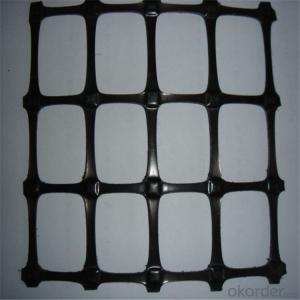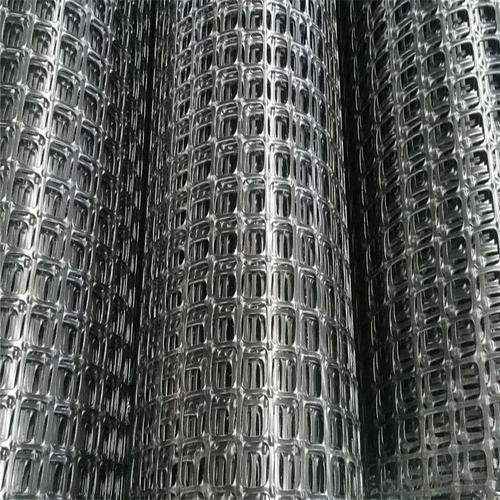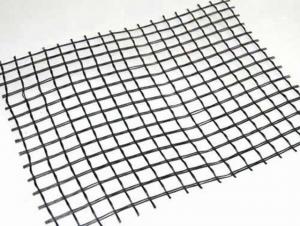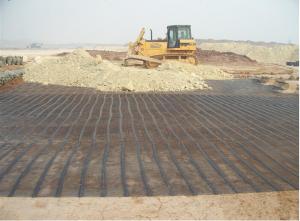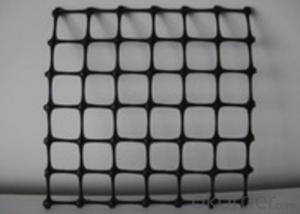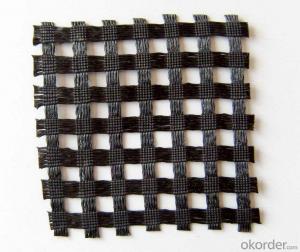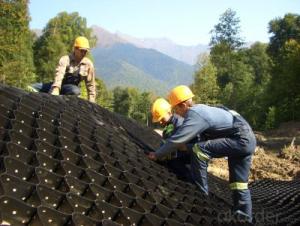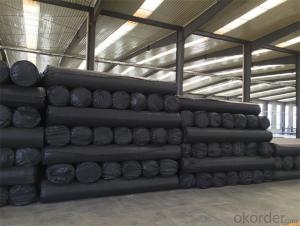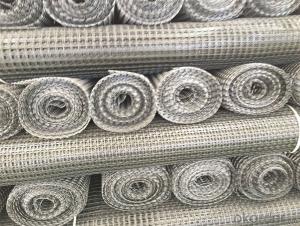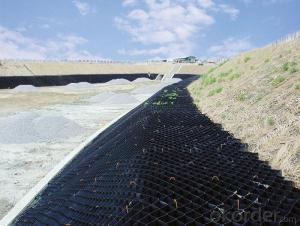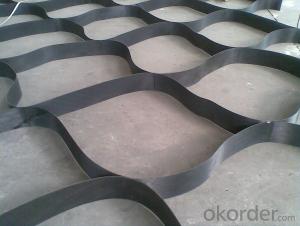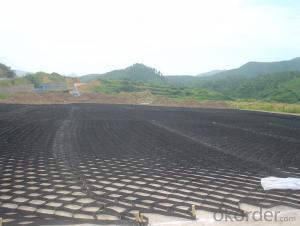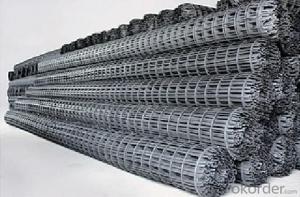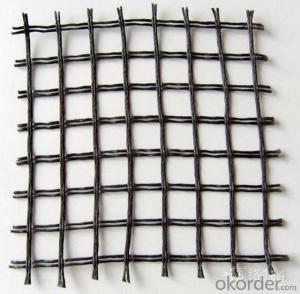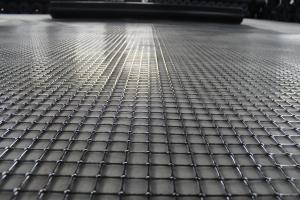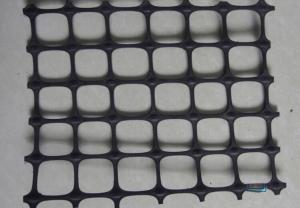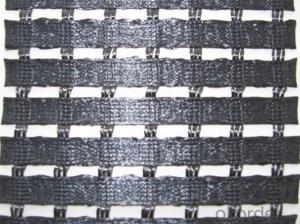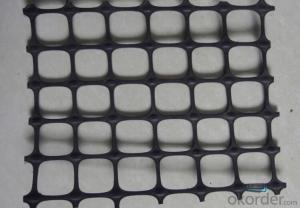Cellular Confinement System of Geocells - HDPE Geogrid with High Tensile Strength
- Loading Port:
- Qingdao
- Payment Terms:
- TT OR LC
- Min Order Qty:
- 1000 g/m²
- Supply Capability:
- 100000 g/m²/month
OKorder Service Pledge
OKorder Financial Service
You Might Also Like
Introduction:
HDPE Uniaxial geogrid, made of high molecular polymer, is extruded into sheet and then punched
into regular mesh pattern, and finally stretched in the longitudinal direction.
Application:
Mainly applied in highway, railway, slope protecting projects, retaining wall, dam etc.
1) strengthen land loading capacity
and extend its service life.
2) convenient to construct ;
reducing area , project cost and maintenance cost.
Tensile Strength ≧(Kn/m) | MD | 15 | 20 | 25 | 30 | 35 | 40 | 45 | 50 | |
TD | 15 | 20 | 25 | 30 | 35 | 40 | 45 | 50 | ||
Nominal Elongation ≦(%) | MD | 15 | ||||||||
TD | 13 | |||||||||
Tensile Strength at 2% Strain ≧(Kn/m) | MD | 5 | 7 | 9 | 10.5 | 12 | 14 | 16 | 17.5 | |
TD | 5 | 7 | 9 | 10.5 | 12 | 14 | 16 | 17.5 | ||
Tensile Strength at 5% Strain ≧(Kn/m) | MD | 7 | 14 | 17 | 21 | 24 | 28 | 32 | 35 | |
TD | 7 | 14 | 17 | 21 | 24 | 28 | 32 | 35 | ||
Junction Efficiency (%) | 93 | |||||||||
Width ≦(m) | 6 | |||||||||
Images of HDPE Biaxial Geogrid
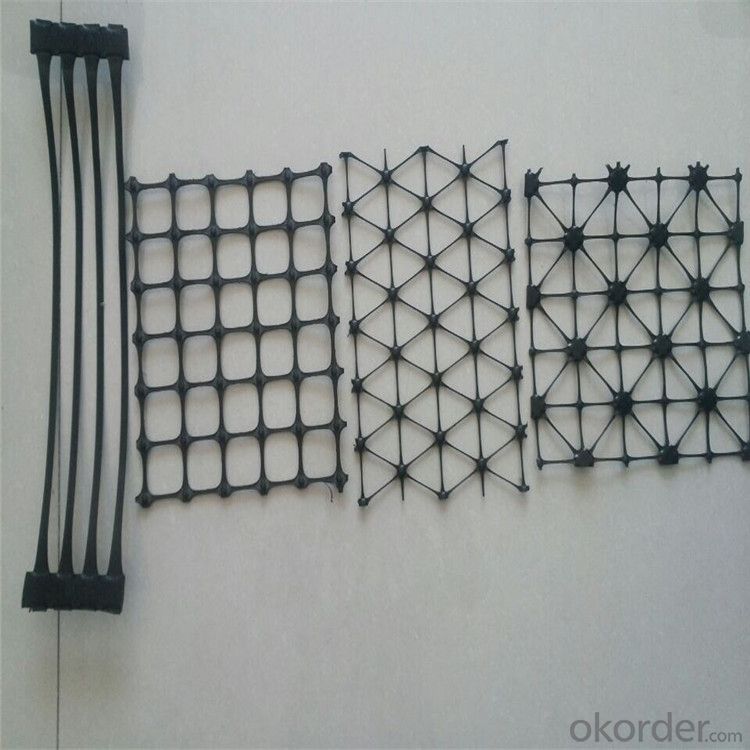
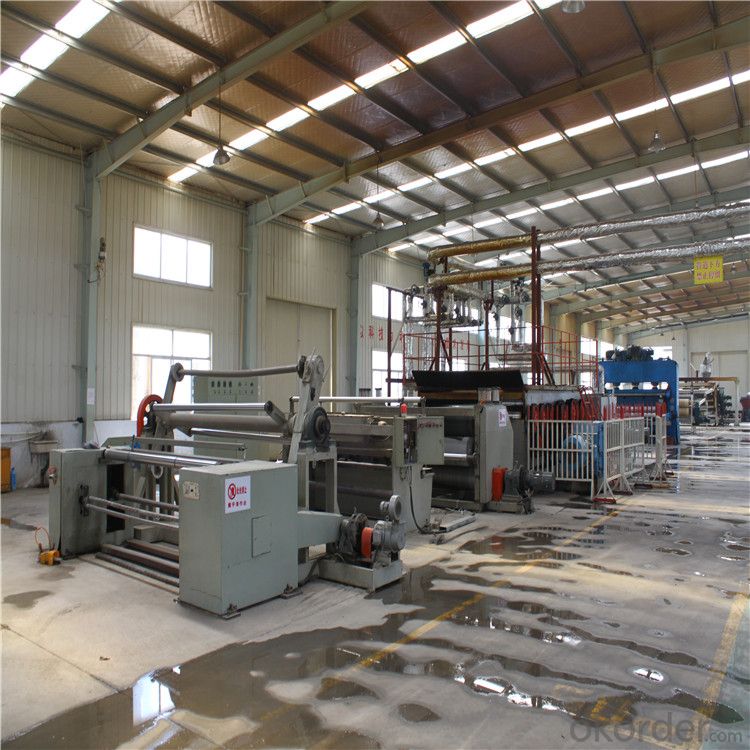
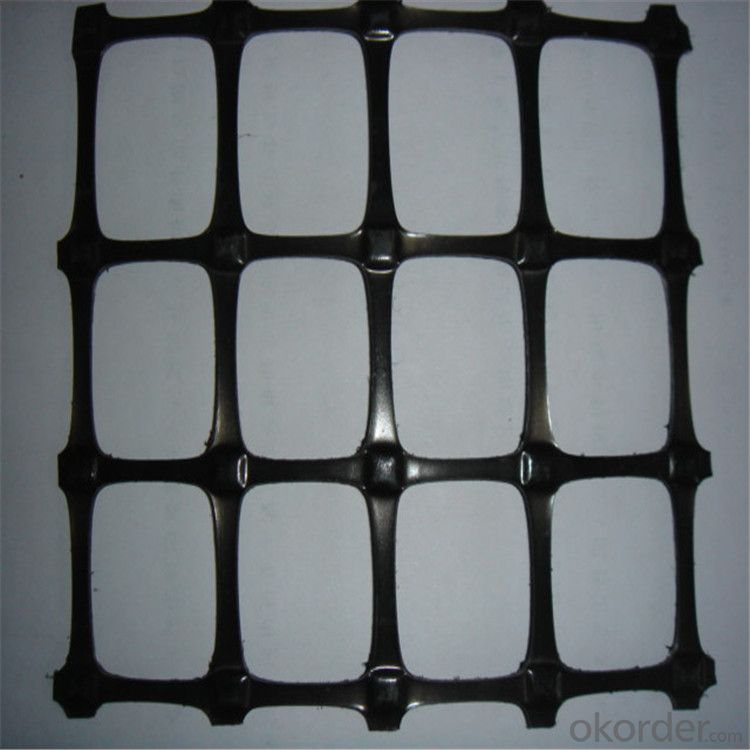
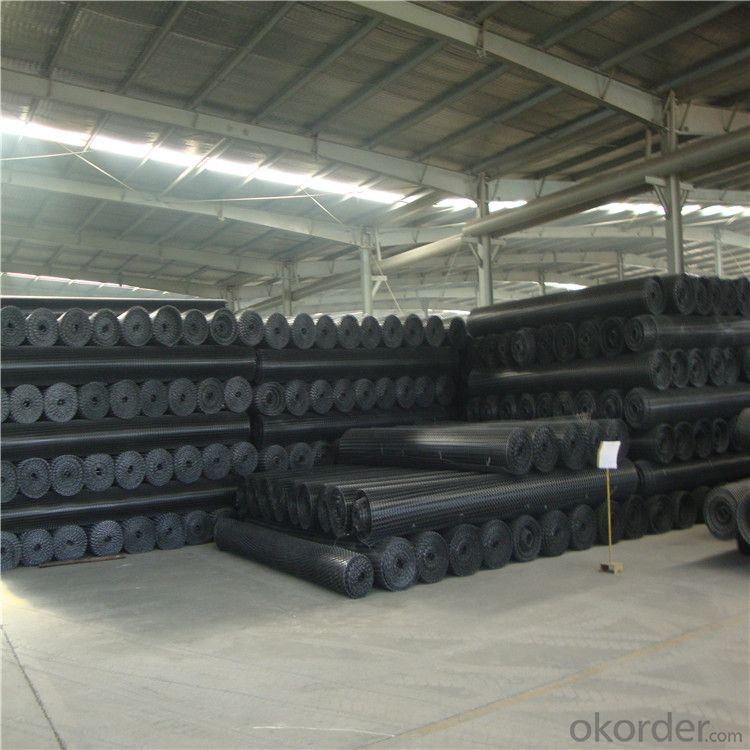
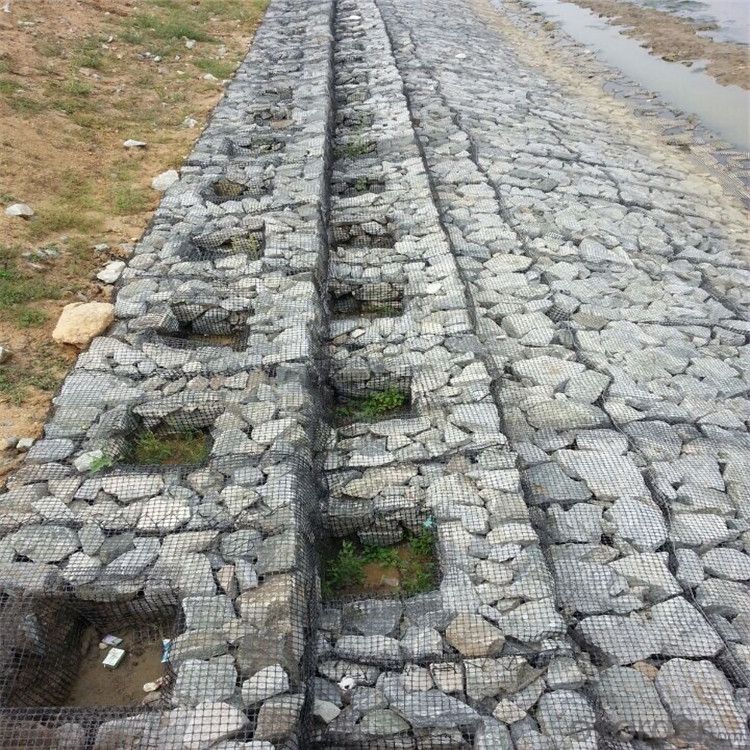

- Q: How do geogrids improve the performance of flexible pavements?
- Geogrids improve the performance of flexible pavements by enhancing their strength and stability. They provide reinforcement and prevent the spreading of cracks and ruts, increasing the pavement's resistance to traffic loads. Additionally, geogrids help to distribute the load more evenly across the pavement, reducing the potential for deformation and extending its lifespan.
- Q: We would like to change the geogrid reinforced geogrid, I do not know what the reason for change is more reasonable
- Because the height of the geocell is very obvious, and the welding torch is very long, and the geogrid is very different
- Q: Are geogrids suitable for reinforcement of steep slopes?
- Yes, geogrids are suitable for reinforcement of steep slopes. Geogrids are commonly used in geotechnical engineering to enhance the stability and strength of slopes by providing reinforcement and preventing soil erosion. They can effectively distribute the tensile forces within the soil, reducing the risk of slope failure and improving overall slope stability.
- Q: How do geogrids improve the performance of geosynthetic-reinforced foundations?
- Geogrids improve the performance of geosynthetic-reinforced foundations by providing enhanced tensile strength and stability to the soil. They act as a reinforcement material, distributing the load more uniformly and preventing the soil from shifting or settling. This helps to increase the overall strength and durability of the foundation, reducing the potential for foundation failure or deformation. Additionally, geogrids can also improve drainage and reduce the risk of erosion, further enhancing the performance of the geosynthetic-reinforced foundation.
- Q: What is the recommended overlap distance for geogrid seams?
- The recommended overlap distance for geogrid seams typically ranges from 6 to 12 inches.
- Q: Are geogrids resistant to freeze-thaw cycles?
- Yes, geogrids are generally resistant to freeze-thaw cycles. Their high tensile strength and flexibility allow them to withstand the expansion and contraction caused by freezing and thawing without significant damage. This makes geogrids an effective solution for stabilizing soil and preventing erosion in cold climates.
- Q: How are geogrids used in road construction?
- Geogrids are used in road construction to improve the stability and strength of the road. They are placed between different layers of the road, such as the subgrade and the base course, to distribute the load and prevent the movement of soil particles. This helps to increase the road's durability, reduce deformation, and enhance its overall performance.
- Q: How do geogrids enhance the performance of geocell confinement systems?
- Geogrids enhance the performance of geocell confinement systems by providing additional strength, stability, and load distribution. They reinforce the geocell walls, preventing lateral spreading and improving the overall structural integrity. Geogrids also enhance the load-bearing capacity of the geocell by evenly distributing the applied loads, reducing localized stresses, and preventing deformation or failure. Additionally, geogrids increase the overall stiffness of the geocell system, allowing for better confinement and improved performance in various applications such as slope stabilization, erosion control, and pavement reinforcement.
- Q: Are geogrids effective in preventing soil erosion around pipelines?
- Yes, geogrids are effective in preventing soil erosion around pipelines. Geogrids are engineered materials that provide reinforcement and stabilization to the surrounding soil. They create a barrier that helps prevent soil movement and erosion caused by water flow or other environmental factors. Geogrids also distribute the weight and stress of the pipeline more evenly, reducing the chance of soil settlement and potential damage. Overall, geogrids play a crucial role in protecting pipelines from soil erosion and ensuring their long-term stability.
- Q: Who knows the laying method of geogrid?
- Roller compaction of C. rubber tyred roller.D. 50? 0,.3mm of the fixed iron sheet, the requirements of flat angle, the edge of the appropriate chamfer treatment, 2 inch steel nails (high quality cement nails)When the e nail fixation method is used for laying fiberglass geogrid, one end is fixed on the lower layer of the structure of the asphalt layer which has been sprayed with a fixed iron sheet and a nail. When the grating is tensioned longitudinally, the glass fiber is in a straight and tight state.
Send your message to us
Cellular Confinement System of Geocells - HDPE Geogrid with High Tensile Strength
- Loading Port:
- Qingdao
- Payment Terms:
- TT OR LC
- Min Order Qty:
- 1000 g/m²
- Supply Capability:
- 100000 g/m²/month
OKorder Service Pledge
OKorder Financial Service
Similar products
Hot products
Hot Searches
Related keywords
